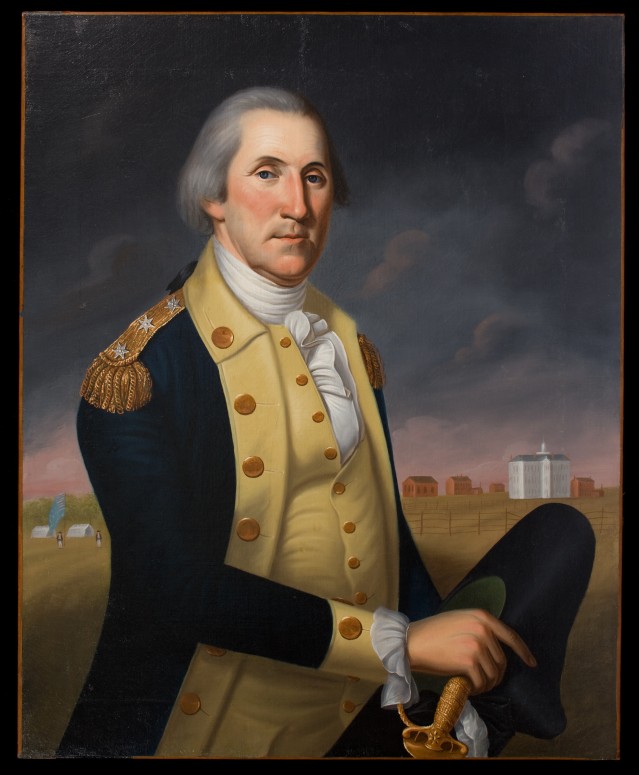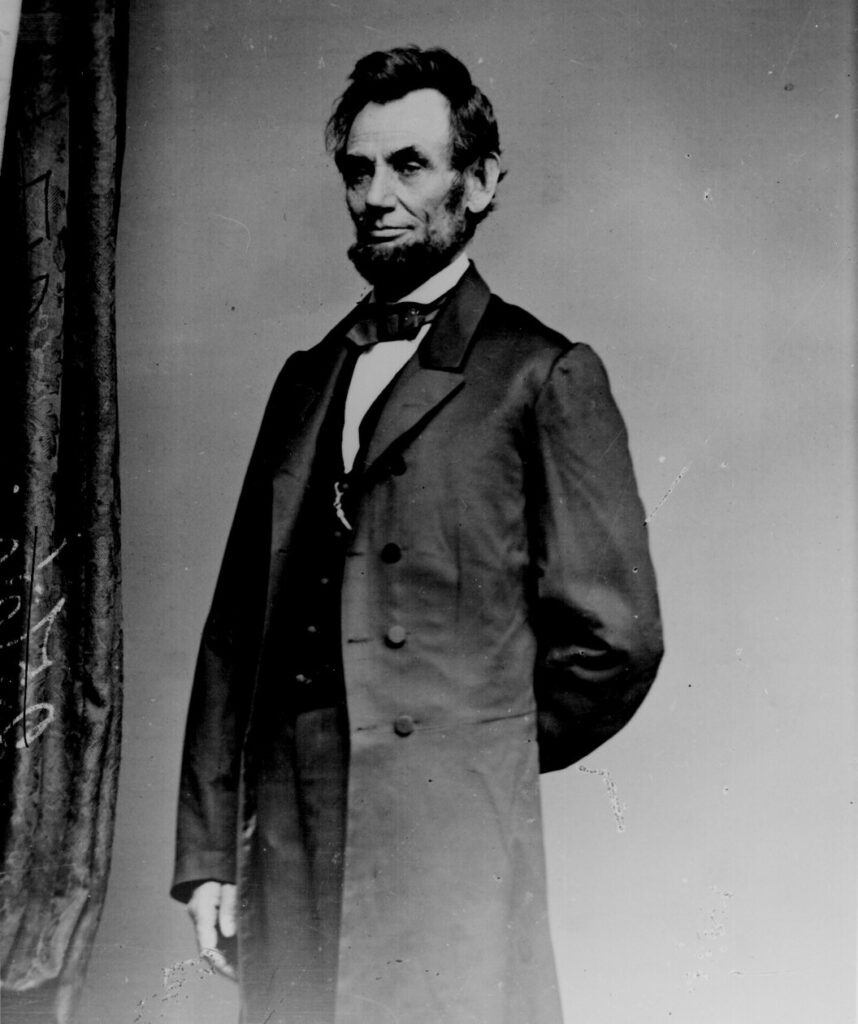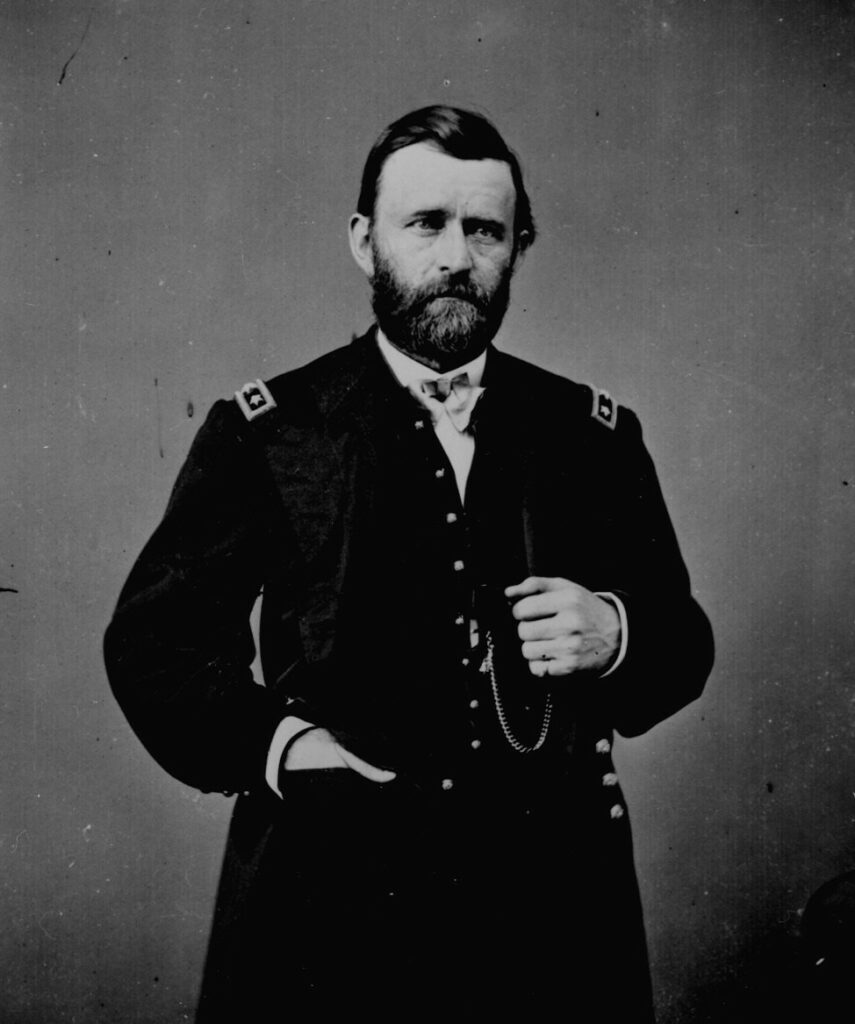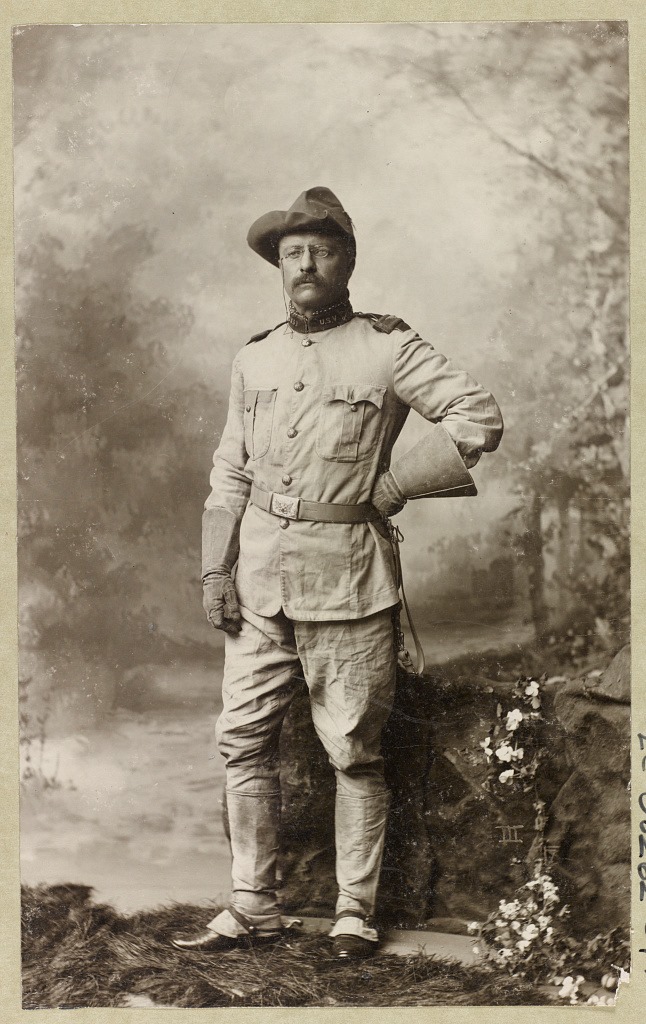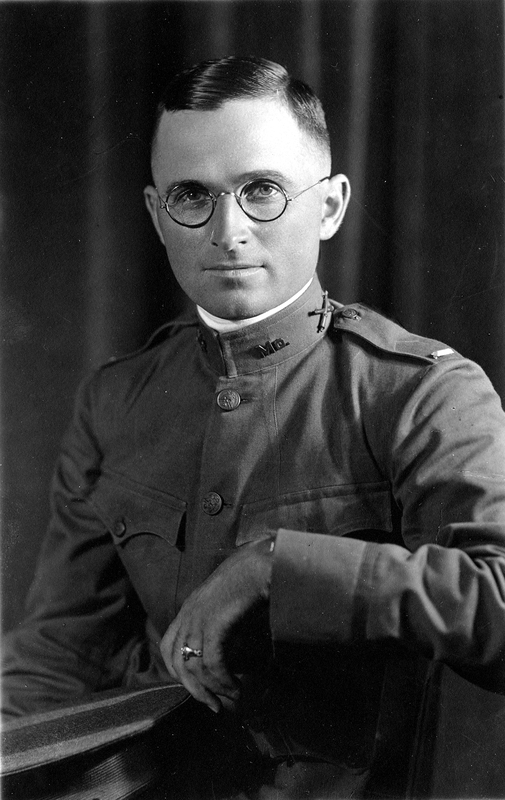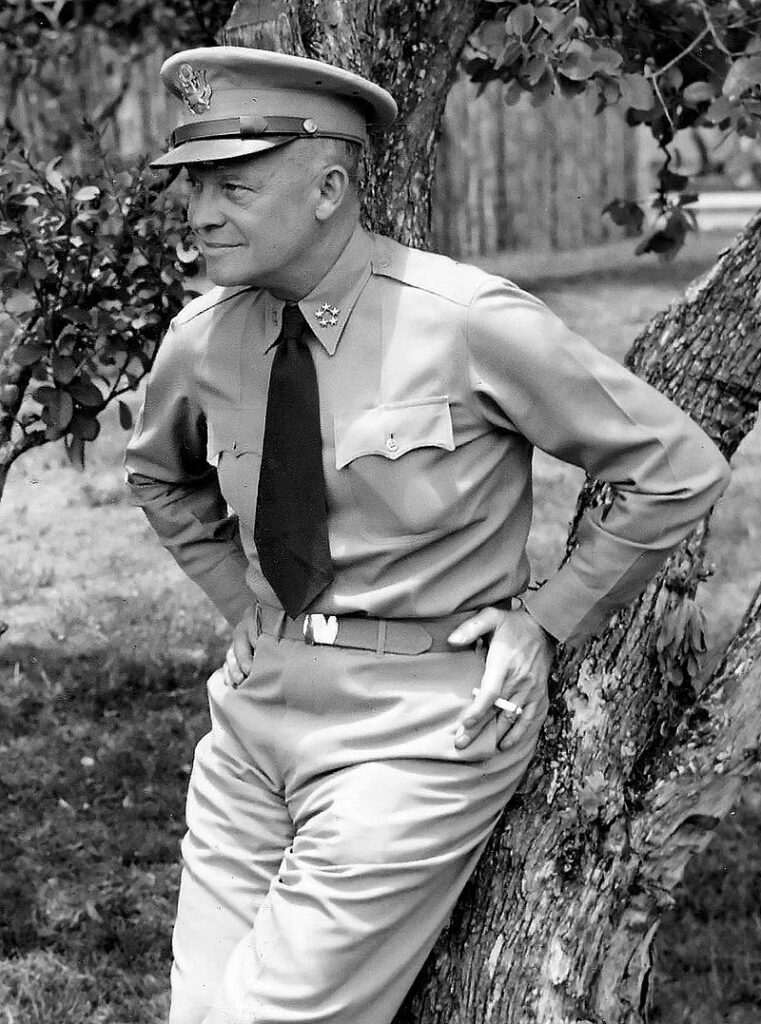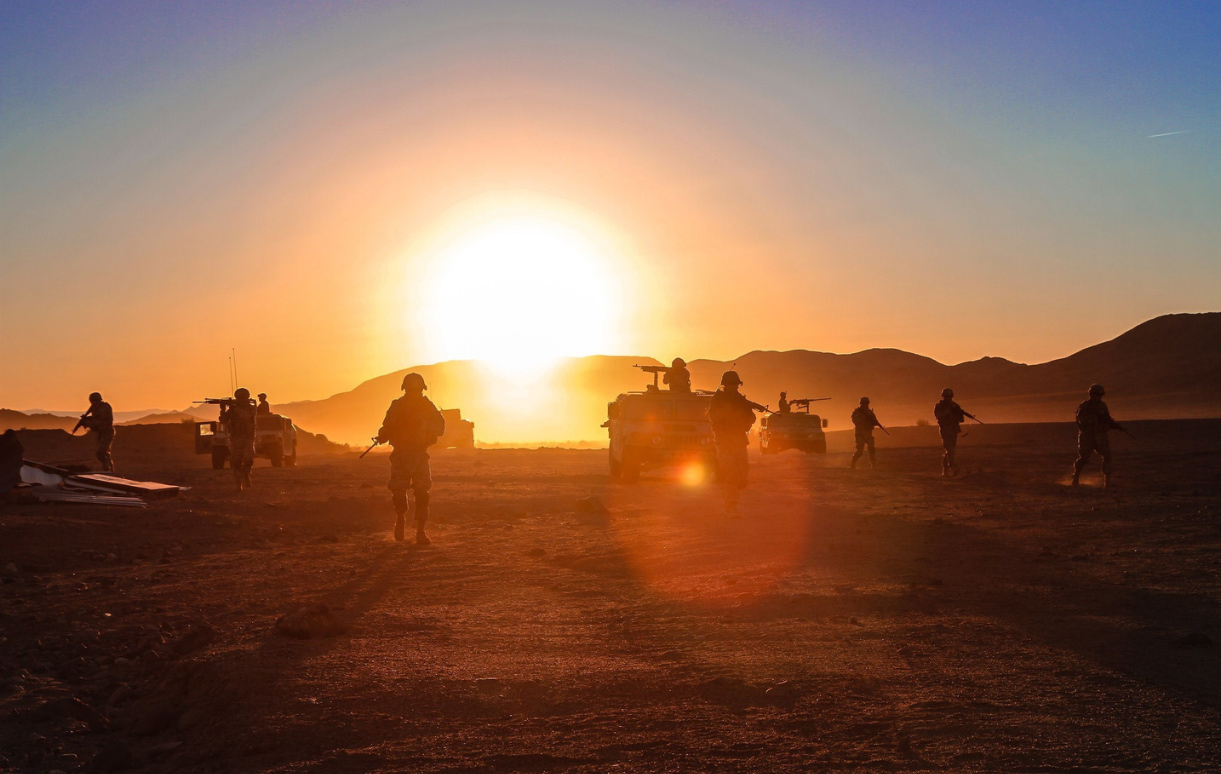
“Shot heard ’round the world.” A phrase that refers to the opening shot of the battles of Lexington and Concord on April 19, 1775, which sparked the American Revolutionary War and led to the creation of the United States. It originates from the opening stanza of Ralph Waldo Emerson’s 1837 poem, “The Concord Hymn.” The battles at Lexington and Concord were fought by local militia and would become the precursor of the Continental Army.

This year marks the U.S. Army’s 248th birthday. The central theme is celebrating how America’s Army has challenged, empowered and equipped Soldiers. “Be All You Can Be” is more than just a slogan, it’s the Army way of life. Explore with us the origins of the U.S. Army and the service members who shaped their heritage.
Origins of the U.S. Army
On June 14, 1775, the Second Continental Congress created the Continental Army to fight Great Britain. The army was initially led by men who have served in the British Army or colonial militias. As the Revolutionary War progressed, French aid, resources and military thinking helped shape the new army. A number of European soldiers came on their own to help, such as Friedrich Wilhelm von Steuben, who taught Prussian Army tactics and organizational skills. Read more about America’s First National Institution.
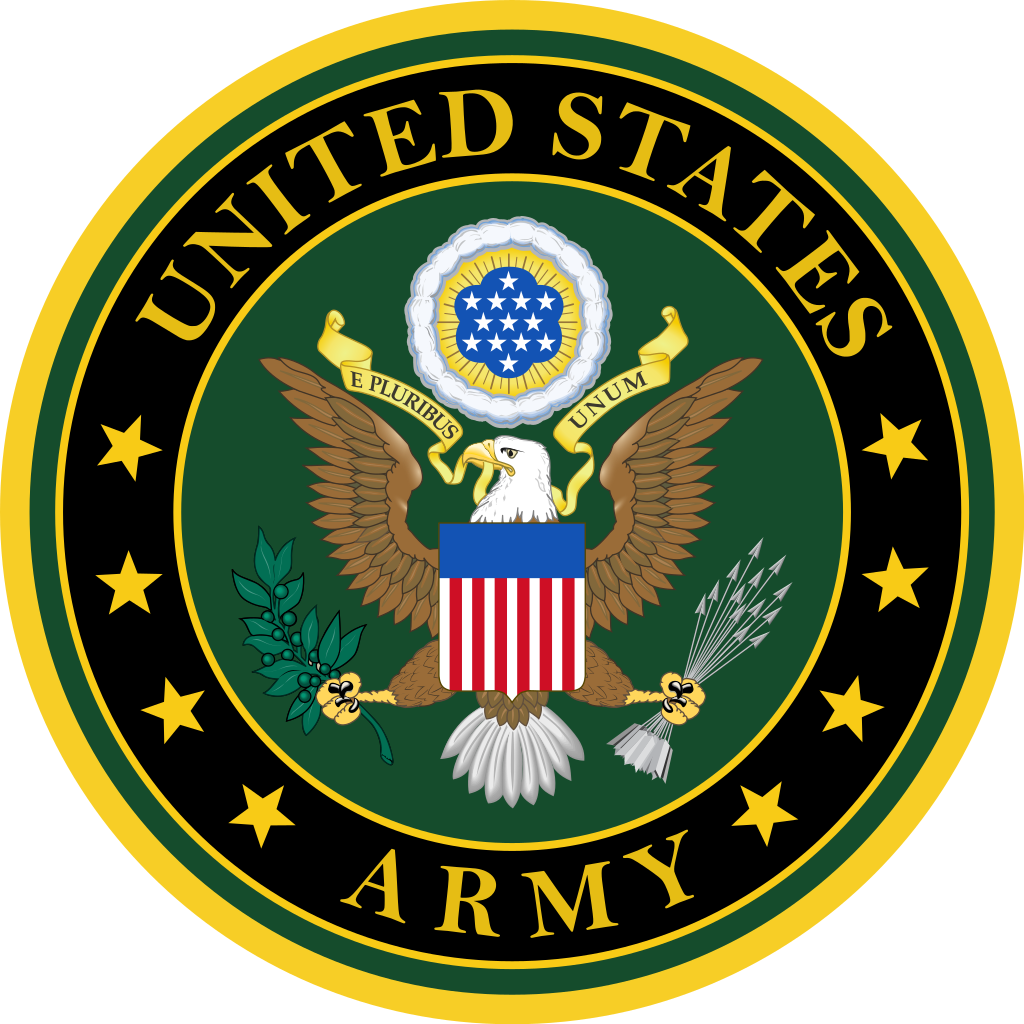
Stories You Should Know
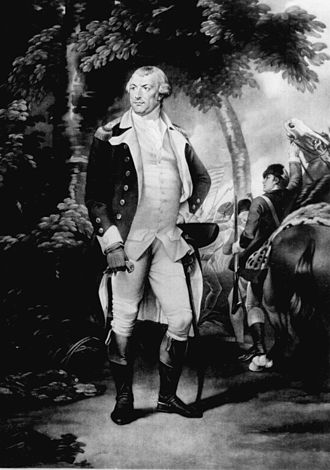
Major General Nathanael Greene
Greene emerged from the Revolutionary War with a reputation as one of George Washington’s most talented and dependable officers. After the April 1775 Battles of Lexington and Concord, the legislature of Rhode Island established an army and appointed Greene to command it. Later in the year, Greene became a general in the newly established Continental Army. Explore Major General Greene‘s story.
Dr. Mary Edwards Walker
Dr. Walker was a suffragist, prisoner of war and surgeon. She chose to volunteer at the beginning of the Civil War but was only given the opportunity to be an unpaid field surgeon near the Union front lines. She petitioned the War Department multiple times and was eventually employed by the Army of the Cumberland as the first female surgeon of the U.S. Army Surgeons. After the war, she was approved for the Medal of Honor, for her efforts to treat the wounded during the Civil War. She is the only woman who has received the Medal of Honor. See Dr. Mary Edwards Walker‘s story of service.
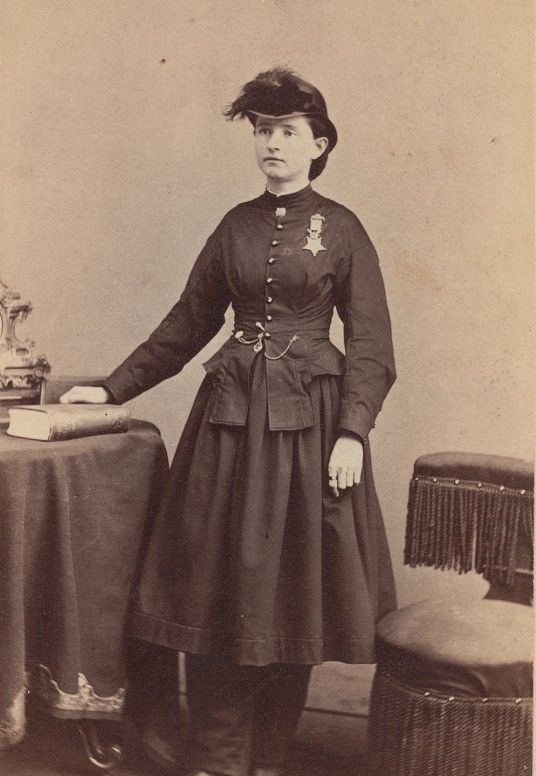
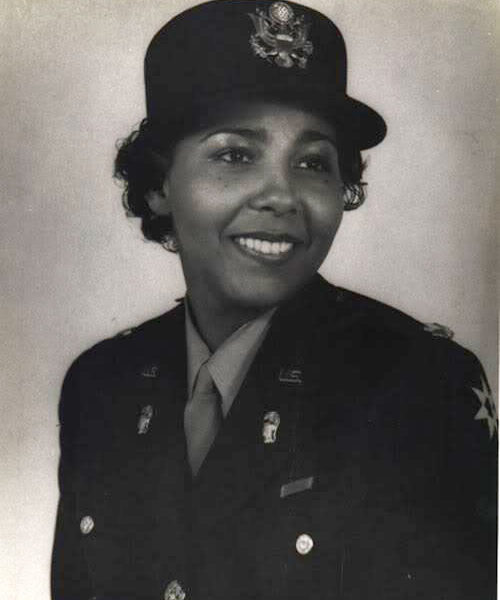
Lieutenant Colonel Charity Adams Earley
Earley led the brave women of the 6888th Postal Battalion, the first Women’s Army Auxiliary Corps (WAC) African American unit to serve overseas during World War II. The women of the 6888th had their work cut out for them; but she worked hard to keep her unit motivated and organized. Read more about Lieutenant Colonel Earley.
Colonel Ralph Puckett, Jr.
During the Korean War, Puckett led the Eighth Army Rangers and was awarded the Distinguished Service Cross for his actions on November 25, 1950, when his company of 57 Rangers was attacked by several hundred Chinese soldiers at the battle of Hill 205. In April 2021, Puckett’s Distinguished Service Cross was upgraded to the Medal of Honor.
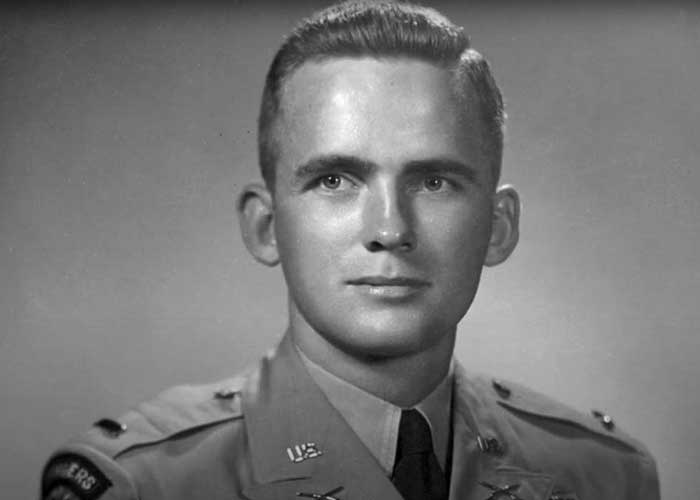
“He feared no man, he feared no situation and he feared no enemy. Clearly a unique, courageous Soldier in combat and even more importantly, in my opinion, Col. Puckett was an ultimate Infantry leader.”
General Jay Hendrix, U.S. Army (Retired)
Master Sergeant Roy P. Benavidez
On the morning of May 2, 1968 in Loc Ninh, Vietnam, Benavidez voluntarily boarded a returning aircraft to assist in a Special Forces extraction attempt. Despite being wounded multiple times and under intense enemy fire, he carried half of the wounded team members to an awaiting aircraft while administering first aid to the injured of a helicopter crash. Listen as President Reagan shares his valorous actions in combat:
Presidents of the United States
General George Washington
Our first president, General George Washington led Patriot forces to victory in our nation’s War for Independence. He also presided at the Constitutional Convention of 1787, which established the U.S. Constitution and a federal government. Washington is known as the “Father of His Country” for his manifold leadership in the formative days of the new nation.
Abraham Lincoln
Abraham Lincoln served as a captain in the Illinois Militia and 16th president of the United States. He led the nation through its greatest moral, constitutional and political crisis in the American Civil War.
General Ulysses S. Grant
General Ulysses S. Grant, an Ohio-native, served as the 18th president of the United States from 1869 to 1877. Grant led the Union Army to victory in the American Civil War in 1865. The Northern victory at Gettysburg as well as the capture of Vicksburg marked a turning point in the war; it made Grant the premier commander in the Federal army.
Theodore Roosevelt
By many historians, President Theodore Roosevelt is considered to be one of the best five presidents in our nation. When the Spanish-American War began in 1898, Roosevelt resigned from his post as Assistant Secretary of the Navy and formed the First U.S. Volunteer Cavalry Regiment.
Harry S. Truman
From 1905 to 1911, Harry Truman served in the Missouri National Guard. When the United States entered World War I in 1917, he helped organize the 2nd Regiment of Missouri Field Artillery. He and his unit saw action in the Vosges, Saint Mihiel and Meuse-Argonne campaigns. Truman then joined the reserves after the war, rising eventually to the rank of colonel.
General Dwight D. Eisenhower
On February 11, 1943, General Dwight D. Eisenhower became the commander of the allied armies in Europe. The official title was the Supreme Commander of the Allied Expeditionary Force. He was responsible for planning and supervising the invasion of North Africa in Operation Torch in 1942–43 and the successful invasion of Normandy in 1944–45 from the Western Front.
“Discipline is the soul of an army.”
General George Washington
The U.S. Army is the oldest and largest branch of the U.S. military with more than 463,083 on active duty, 327,358 in the Army National Guard and 175,752 in the Ready Reserve. Join us in celebrating their service throughout the month of June.


